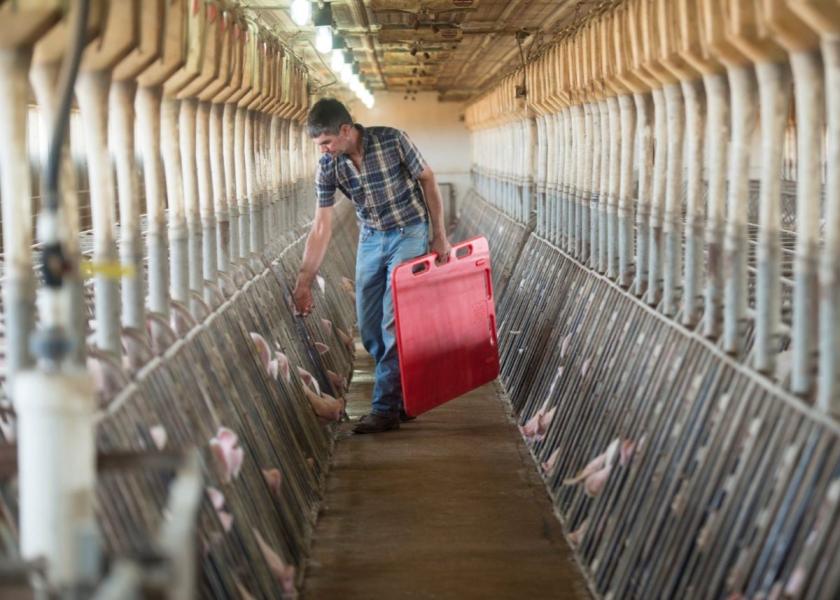Industry Faces Financial Challenges: Glimpse of Hope in Inventory Strategies

Compeer Financial regularly conducts quarterly financial analysis on producers in our portfolio, relying on audited statements or high-confidence review quality statements. The most recent data, reflecting third-quarter numbers for 2023, confirms that the industry is still grappling with severe financial stress. Looking ahead, forecasts suggest that the distress will continue through April 2024 before signs of profitability return to operations.
As of Sept. 30, year-to-date figures reveal that the average producer incurred an operational loss of $13.52 per hundredweight (cwt.) before making risk management decisions. Hedge activities provided a glimmer of hope, contributing an average gain of $6.14 cwt. However, this only partially offset the losses, resulting in a net year-to-date loss of $7.96 cwt. or $16.98 per head by Sept. 30. The primary driver behind these losses remains the persistently high operating costs, with producers averaging $93.93 cwt. after factoring in hedge activity in the first half of 2023.
The impact on the balance sheet has been as anticipated, with substantial declines in both working capital and owner’s equity since the start of the year. A key indicator for assessing the long-term viability of operations is working capital, with a standard benchmark of $600 per sow or sow equivalents. At the beginning of 2023, the average working capital per sow stood at an impressive $1,138, nearly double the required amount. However, this figure declined by $267 per sow in the first three quarters of 2023.
Currently, the average producer retains $871 per sow in working capital, a slight improvement from the $795 per sow at the end of the second quarter. Fortunately, profitable months in July and August provided some relief, enabling an increase in this figure as the industry enters the fourth quarter. Owner’s equity has also been impacted, with the average producer’s equity standing at 50% by the end of the third quarter, down 10% when compared to the third quarter of 2022.
Inventory Valuation Changes
When talking to producers over this past year, the theme has been consistent. Revenue has been better than historic averages, but increased costs have been the primary driver of considerable losses. If losing cash from the sales of your hogs isn’t insult enough, be prepared for reduced inventory values that will impact your operations as you move into 2024.
With the 2023 crop harvest complete, fortunately, we will move away from the high carrying costs of the live hog inventories. Moving from $7 corn and higher soybean meal prices, the typical operation will reduce its cost to raise a hog by at least $20 per head, which will reduce the average inventory value by approximately $10 per head if you sold pigs every week. Fundamentally, this is a positive development for producers.
In practice, be diligent about reducing the average inventory value over time as you continue to reduce your cost of production. Examine your cost structure at least monthly and make appropriate adjustments as costs continue to decrease. During this adjustment period, you may be able to hold your cash position closer to breakeven, but until you work through your high inventory costs with the corresponding accrual adjustment, your earnings will continue to lag. I speculate that most operations should have worked through their higher cost structure by the end of March 2024, as most producers I talked to carried very little corn inventories past September.
More from Farm Journal's PORK:
Pork Industry Faces Uphill Battle as 2023 Losses Mount, Hope for Recovery in 2024
Don’t Bear the Burden Alone: Transparency is Key in Tough Times







